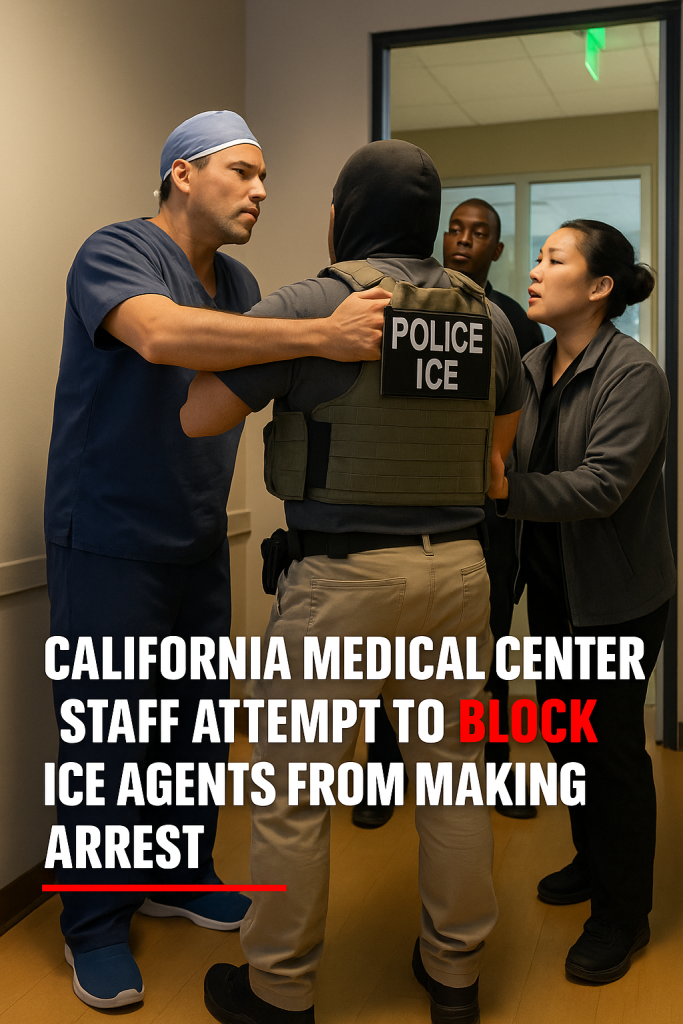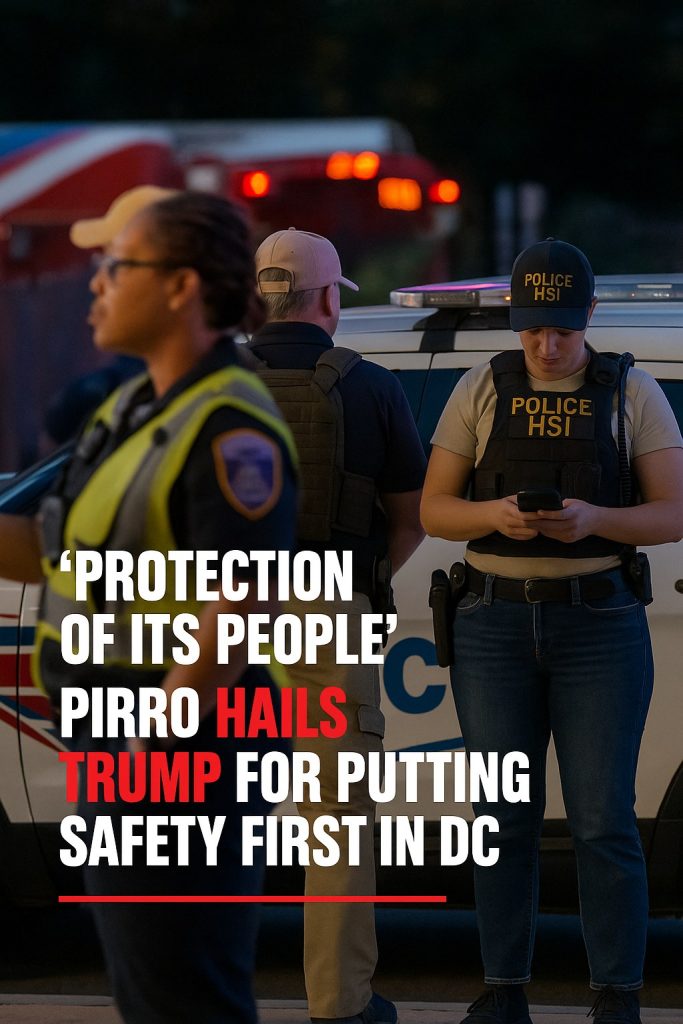In a dramatic act of defiance against immigration enforcement, staff at a California medical clinic stepped in to prevent ICE agents from detaining a Honduran landscaper receiving treatment. The incident, which unfolded earlier this week, highlights ongoing tensions between immigration authorities and community advocates in the Golden State.
The Honduran worker had come to the clinic seeking medical care when Immigration and Customs Enforcement (ICE) officers arrived with the intention of detaining him on immigration violations. According to eyewitnesses, clinic employees quickly mobilized to block the agents’ access, citing concern for the patient’s health and the sanctity of healthcare spaces.
“We believe that medical facilities should be safe zones where people feel secure seeking help,” said one clinic staff member who wished to remain anonymous. “When ICE showed up unannounced, we had to protect our patient not just medically but also from what they faced outside these walls.”
The staff’s actions involved a combination of physically positioning themselves between the patient and ICE officers and quickly alerting legal and community organizations. While ICE officers insisted they were executing a lawful detention, they did not forcibly enter the clinic due to the staff’s resistance and the looming public scrutiny.
Supporters argue that this confrontation underscores the increasingly aggressive immigration enforcement tactics that often target vulnerable populations—especially those seeking essential services like healthcare.
California, often considered a sanctuary state, has passed laws restricting cooperation between local authorities and federal immigration agents. However, ICE retains jurisdiction and frequently conducts operations that can lead to the detention and deportation of undocumented immigrants, sometimes in sensitive locations such as hospitals and schools.
This incident has quickly sparked outrage on social media, with community leaders lauding the clinic staff for their bravery and raising awareness about the need for clear policies protecting patients from enforcement actions. Many users called for explicit protections to prevent ICE from interfering with medical care or detaining patients on clinic premises.
Legal experts note that while federal law does not explicitly prohibit ICE from arresting individuals in medical facilities, there is a generally accepted ethical standard among healthcare providers to advocate for patient safety and confidentiality. Some argue this incident may fuel further policy discussions on “sensitive location” rules established during previous federal administrations.
Local immigrant rights organizations have also stepped in to provide legal aid and support for the landscaper, who remains in the community while authorities review his case. Advocates emphasize that access to healthcare should never be hindered by fear of immigration repercussions.
This confrontation between ICE and the California clinic staff reflects the broader national debate on immigration enforcement’s reach and the protection of immigrant communities. It vividly illustrates the frontline role that everyday workers, especially in healthcare, play in safeguarding human rights.
As the incident gains traction, calls for federal authorities to respect medical sanctuaries are intensifying, urging policymakers to balance law enforcement with compassion in an increasingly polarized immigration climate.



